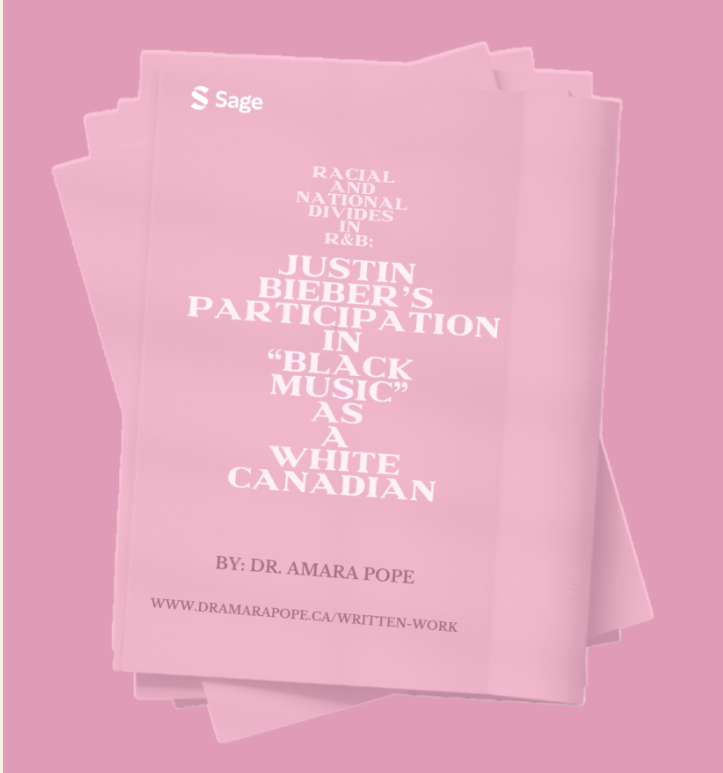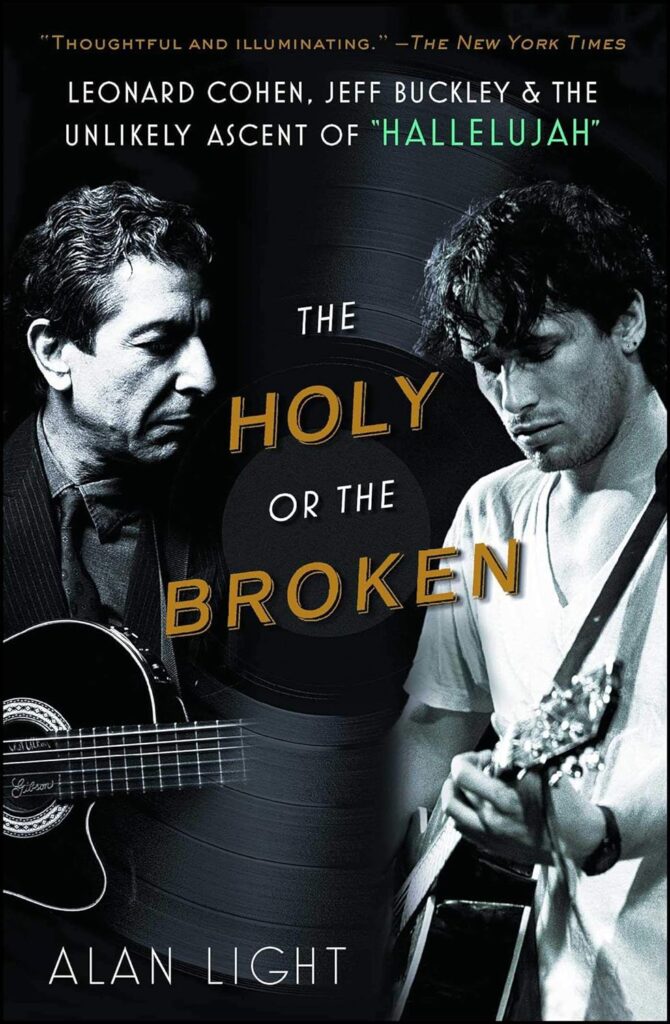Editor’s note: Arachnophonia (“Arachno” = spider / “-phonia” = sound) is a regular feature on our blog where members of the UR community can share their thoughts about resources from the Parsons Music Library‘s collection.
All links included in these posts will take you to either the library catalog record for the item in question or to additional relevant information from around the web.
Today’s installment of Arachnophonia is by student manager Laeticia (class of 2026) and features an online journal publication about Justin Bieber and the dynamics of race, nationality, and genre. Thanks, Laeticia!

We’ve all had those moments scrolling through music news where we see yet another debate about cultural appropriation in music. When I found Amara Pope’s Racial and National Divides in R&B: Justin Bieber’s Participation in ‘Black Music’ as a White Canadian, I was immediately intrigued. I had wondered why comedian Druski described Justin Bieber’s vocal and creative direction on Swag II as sounding “Black.” I thought I was getting just another hot take on pop culture, but this monograph turned out to be far more thought-provoking than I expected.
In this journal article, PhD graduate in cultural studies, Amara Pope, takes a particularly interesting angle by focusing on Bieber’s Canadian roots. American culture has often categorized R&B as a genre reserved for Black American artists. Figures like Frank Ocean and Tyler, the Creator have spoken about how their racial and cultural identities shaped how their music was received and classified. For Justin Bieber, Pope makes a compelling case that his outsider status allows him to enter R&B spaces differently than white American artists typically do. She argued that it wasn’t just about him being white, but how his nationality and background shaped the unique trajectory of his career.
What I found most eye-opening was how Pope breaks down Bieber’s early collaborations with artists like Usher. She doesn’t simply label these collaborations as “good” or “bad”. Instead, she digs into what these partnerships mean and how they reflect bigger questions about who gets to make R&B music, a genre historically tied to Black American identity. This book made me see the YouTube covers Justin Bieber posted as a kid in a completely new way.
Pope also discusses how social media has changed everything. She argues that Bieber’s generation of artists “grew up with different rules about how you connect with audiences” and build authenticity online. This is something that transcends music and touches on issues like cancel culture and online identity, which many of us can relate to.
If you’ve ever found yourself in debates about cultural appropriation in music, this journal article will give you way better talking points than the usual Twitter arguments. Pope doesn’t pretend there are easy answers, but she gives you the tools to think about these issues more deeply, which is what I enjoyed most about this monograph.


